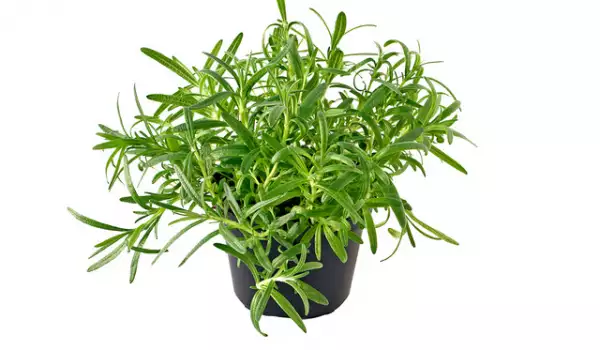The Latin name of rosemary is Rosmarinus officinalis.
Rosemary is an evergreen perennial plant. It grows slowly and has narrow, hard leaves that resemble conifers.
Small, pale blue, delicate flowers bloom in its green tufts. Its overall demeanor radiates freshness and tenderness.
Rosemary is perfect for planting in your garden. If you don't have one, it is easy to grow in a pot.
The plant is easy to trim and shape. Various decorative forms are created from it. When growing it in pots, it is good to trim it, so that it does not become loose-textured.

Rosemary is a heat-loving and light-loving plant. Note that it does not withstand low temperatures. The balcony is the perfect place for a rosemary pot, if you have decided to propagate it.
Rosemary is propagated most easily by cuttings taken in August. To plant rosemary, you need an old rosemary plant, from which branches are cut, stripped of the leaves at the bottom and directly planted in pots. The soil in them should be light, preferably clay-sandy.
Another option is to root them in water, then plant them.
In the period, until it roots, the plant is extremely sensitive, especially to water. After rooting, the cuttings can be planted in soil with a very high content of gravel and coarse sand.
Growing rosemary can be done both in pots and in planter boxes. In winter, it is warm inside. It should be provided with a non-frosty, bright and airy place. It is watered regularly, but not too much.
Rosemary tolerates temperatures down to minus 5°C. Great heat does not hinder it, on the contrary, it enhances its aroma.

Rosemary can also be grown as an herb. It treats headaches, nervous disorders and improves memory. It strengthens the work of the brain.
On the other hand, the herb is also actively involved in cooking, as a spice. It is used in the preparation of fish dishes, game and other types of roasted meat. Rosemary is truly worshiped by Italian chefs.
Also read how to dry rosemary and what rosemary oil is good for.

















Comments